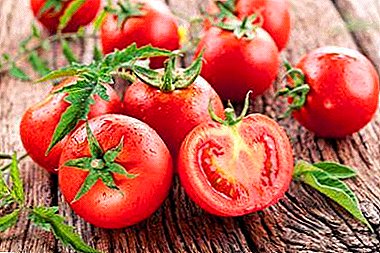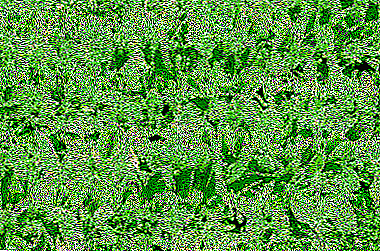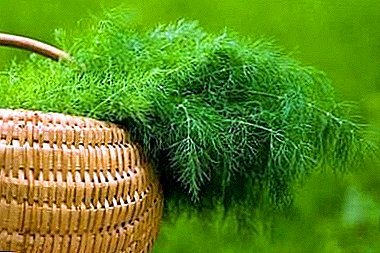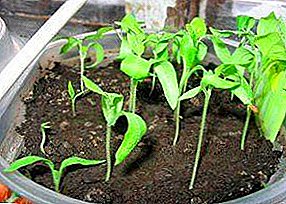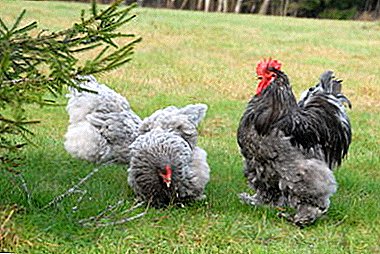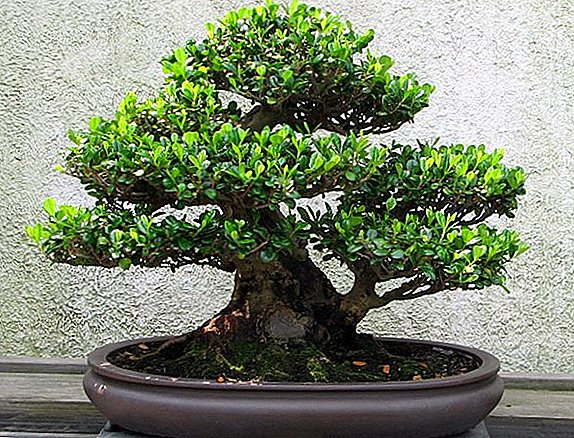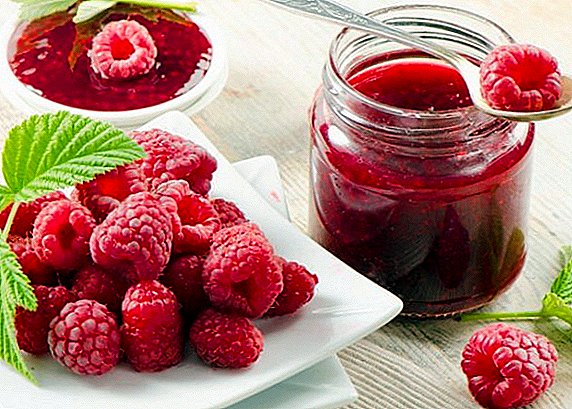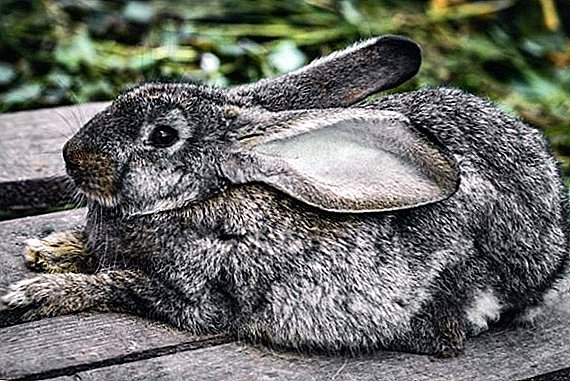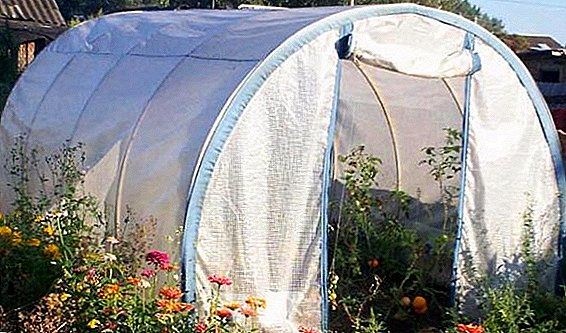 There is no unequivocal answer to the question of which film is better to use for the greenhouse - each species has its own strengths and weaknesses. When deciding which film to choose for a greenhouse, many gardeners are guided by the cost of covering material. And its price, in turn, will depend on whether it is a perennial film for greenhouses or not, and on the quality and technical characteristics of the material.
There is no unequivocal answer to the question of which film is better to use for the greenhouse - each species has its own strengths and weaknesses. When deciding which film to choose for a greenhouse, many gardeners are guided by the cost of covering material. And its price, in turn, will depend on whether it is a perennial film for greenhouses or not, and on the quality and technical characteristics of the material.
Film for greenhouses: the main characteristics of the material
Greenhouse film is a good alternative to glass, and modern coatings have a lot of advantages. They are cheaper, easier to assemble and replace in case of damage to the fragments. Their use brings the cultivation of any crops to a new level thanks to the properties that glass lacks - the ability to diffuse sunlight and to pass air.
Types of film for greenhouses
Polyethylene film is of various types - non-stabilized and stabilized film, impermeable to heat, PVC film, reinforced, copolymer and film with additives.
Unstabilized polyethylene
Plastic film for greenhouses without stabilization - this is the usual covering film, the most affordable. Its service life in greenhouses is up to 4-6 months, that is, it is one-season. The material is simply outdated - stretched and torn. In addition, condensate accumulates on its inner surface - “droplets”, harmful to plants, and dust accumulates on the outer surface, which reduces the transparency and, as a result, the lack of illumination in the greenhouse. 
Hydrophilic stabilized
Greenhouse made of plastic film with a UV-stabilizer - more perfect. This film is resistant to UV radiation and does not transmit IR radiation, which means that it is more durable and heat-saving. Also, its significant difference is that the droplet condensate that forms does not fall on the plants, but rolls down - this is a big plus. In addition, it is dust-repellent, and its transparency is maintained throughout the life. Can serve up to 5 years. Usually available in the following colors: green stabilization film for greenhouses, orange, yellow or blue film for greenhouses. 
Heat retaining
This is a frost-resistant film of whitish milky color, which is capable of retaining heat 2-3% better than ordinary films. It also repels dust and pollution, remains transparent and has a hydrophilic effect. Its minus is fragility, its service life is 7-8 months, and plus is a significant increase in yield in greenhouses covered with it. 
Did you know? Thanks to the heat-retaining film, the yield of vegetable crops can grow from 10 to 25%.
PVC film
For today - the strongest, elastic and long used film. Service life on average - 7 years. PVC film is a dense transparent permeable to infrared rays. This means that the temperature in the greenhouse does not decrease in cold weather. But its use reduces the permeability of UV rays to 15-20%, is also relatively quickly contaminated with dust (you need to wash it often), it can sag, which requires fitting and occasional pulling up of the film. 
Important! Slack film must be tightened without delay. Otherwise, it breaks.
Reinforced film for greenhouses
This is a stabilization film with increased strength - it is reinforced with a polyethylene filament, which increases its service life to 1.8-2 years. But at the same time its light permeability decreases by 12-13%. In the southern regions this is not very significant, and for the northern regions it will be a minus. 
Ethylene vinyl acetate copolymer film
One of the most commonly used films. Copolymer film is quite elastic, durable, transparent, frost-resistant, hydrophilic and wear-resistant. Keeps its properties up to 3 years. Available in widths from 150 to 600 cm, thickness - 0.09-0.11 mm. This is the optimum thickness that is recommended. A thicker plastic film, in principle, is not needed, it will not be economically advantageous. 
Important! At high air temperatures outside, overheating of plants is possible in a greenhouse covered with copolymer film.
Films with additives
All the films listed above, except for the usual ones, are films with additives based on a simple polyethylene film. In addition to them, there are also other types of films. So, black film is a material for mulching, used as mulch. Greenhouse diffusing coating - white, able to disperse the sun's rays, creating partial shade, and prevent overheating of plants inside the greenhouse. Acrylic film - "breathable" and at the same time heat-saving.
The main characteristics when choosing a film
Choose a film for greenhouses with a high density in the range of 160-230 microns. The size can be different - from 1.2 to 6 m in width and up to 100 (!) M in length. You need to choose a film from a trustworthy seller and take the material of a reputable manufacturer. Because it is difficult to determine visually whether a product is of high quality, with observance of all the parameters offered to you or not. Today, most experts recommend the use of the film of Russian manufacturers with an excellent price / quality ratio.
Did you know? The most frequently used brands of films of the Russian firms are Polisvetan, Redline, Anti-Mold, and Harvest.
How to choose a film for greenhouses: expert advice
Experts advise when choosing a film for a greenhouse to focus on its functional purpose. If it is needed for a mini-greenhouse for seedlings, then a one-time budget option is quite suitable - a regular film. It will be inexpensive, and next year it will be possible to buy new material for seedlings. And if you need a film for continuous use all year round - then you need to look at the price and choose a more wear-resistant and agrotechnically perfect material. Also, when choosing, the region (northern, southern) and the site itself are necessarily taken into account - if it is a hill and frequent winds, then you need to take a more durable material. If the climatic conditions are relatively calm or the area is in a lowland, that is, protected by relief, then consider average options that are suitable for the cost.
What film is better for your greenhouse - only you decide. And taking into account that the development of new greenhouse coverings continues, it is better to constantly monitor the emerging innovations in this area so that it reduces the complexity, increases the yield and more economical material to apply.


